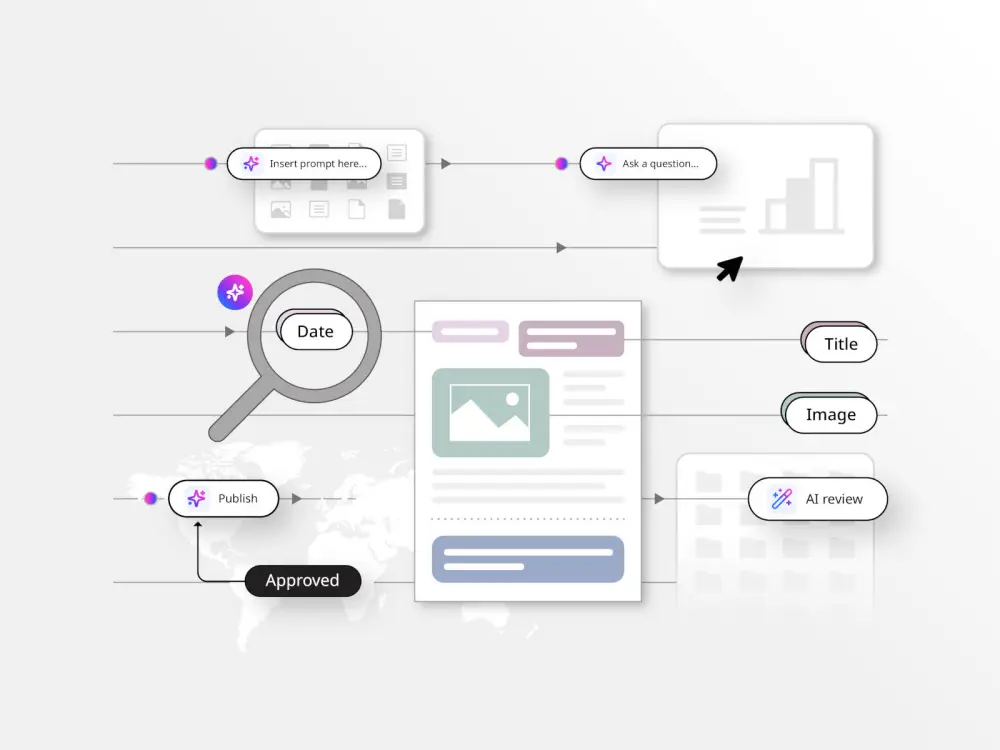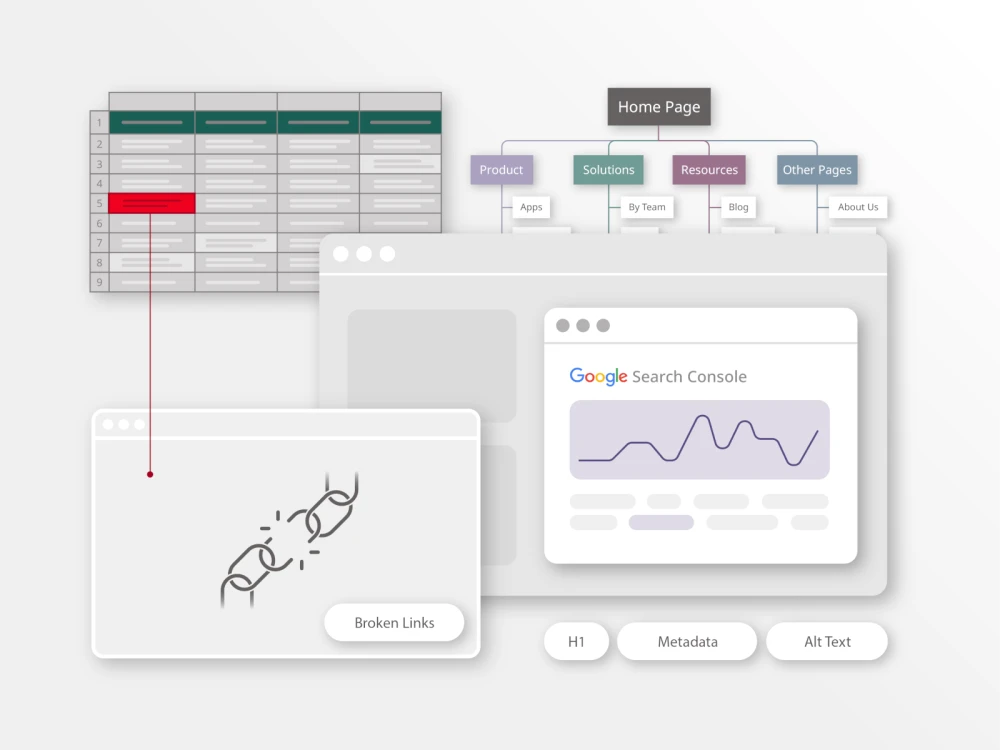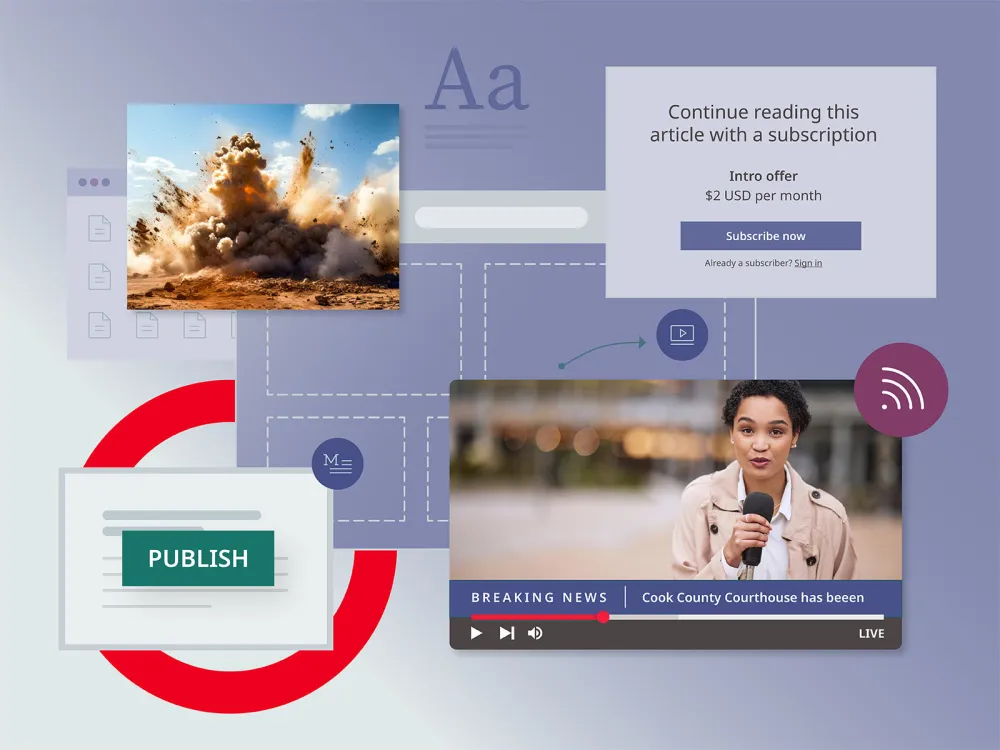Brightspot offers several features and tools to support search engine optimization (SEO) efforts. These features are designed to help content creators and website administrators optimize their content for better visibility and ranking in search engine results. Some of the key ways in which Brightspot CMS supports SEO include:
Metadata management
Brightspot allows users to easily manage essential metadata elements, such as meta titles, meta descriptions and meta keywords, for each piece of content. These metadata elements play a crucial role in search engine rankings and can greatly influence how search engines display your content in their results.
URL structure
The CMS allows for customizable URL structures, enabling users to create clean and search engine-friendly URLs for their content. Brightspot can help by auto generating permalinks based on content’s title. This feature helps search engines understand the content’s context and relevance.
Canonical URLs
Brightspot supports the implementation of canonical URLs, which help prevent duplicate content issues and consolidate link equity to a preferred version of a page. This can improve the overall SEO health of a website.
XML sitemaps
The CMS can generate XML sitemaps automatically, helping search engines discover and index new content efficiently. Sitemaps provide search engines with a clear structure of a website, improving the crawlability and indexation of content.
Schema markup
Brightspot CMS allows users to add schema markup to their content easily. Schema markup helps search engines understand the meaning and context of the content, leading to enhanced rich snippets in search results and potential visibility improvements.
Page load speed
Brightspot emphasizes performance optimization, ensuring that websites built on the CMS load quickly. Natively supporting dynamic image re-sizing, cropping and optimization with next generation image formats such as WebP are some of the ways Brightspot CMS helps reduce web page size and load times. Page load speed is a critical SEO factor, as search engines prioritize user experience and prefer fast-loading websites.
Content quality and structure
Brightspot CMS provides a user-friendly interface that encourages the creation of high-quality, structured content. Well-organized and informative content is favored by search engines and can lead to improved rankings.
Mobile responsiveness
Brightspot CMS supports mobile-responsive design, which is essential for SEO since search engines prioritize mobile-friendly websites in their rankings.
SEO integrations
The CMS offers integrations with popular SEO tools such as Semrush, making it easier for users to analyze and track their website’s performance, monitor keyword rankings and identify areas for improvement.
Integrated editorial SEO guides
Helpful CMS tooltips will let editors will know if their headline is too long, if their keyword is missing from the title or isn’t within the body enough times to be relevant. With these guides, CMS admins can configure SEO-specific advice within the CMS to ensure the editorial process stays aligned with SEO goals.
By incorporating these SEO-friendly features and practices, Brightspot CMS empowers content creators and website administrators to optimize their content effectively, improve search engine visibility, and attract a larger organic audience to their websites.











